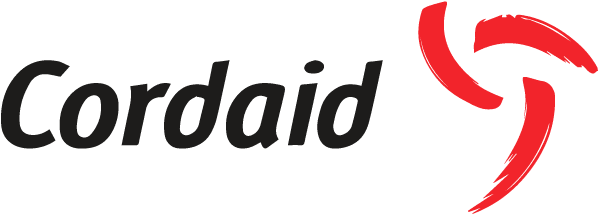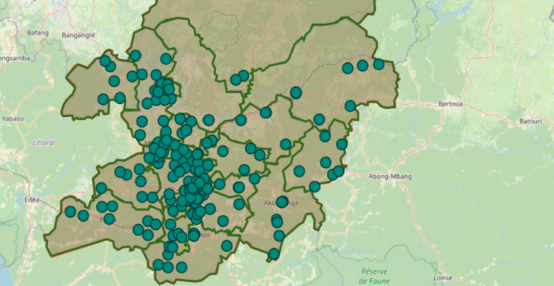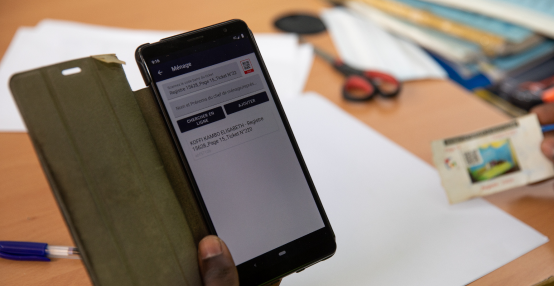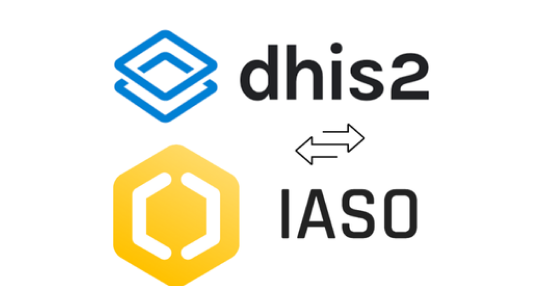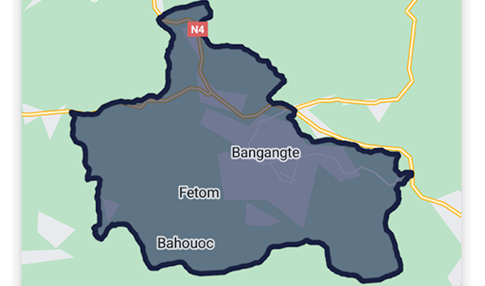Polio outbreak response efforts require data from various points—ranging from virus detection, outbreak response planning to vaccine stock management during the campaign, and finally campaign evaluation. Previously, the lack of integration between disconnected data points made it difficult to make timely decisions and to keep the “big picture” view. To address this, Bluesquare has been working in collaboration with the Global Polio Eradication Initiative (GPEI) to develop a more integrated approach to managing polio vaccination campaigns across Africa.
Key Components of the Solution
Bluesquare built on the advanced capabilities of IASO to streamline data integration and visualization throughout the campaign lifecycle. Some key features of the system include:
- Tracking Campaigns Scopes and Key Dates
The platform, based on IASO, allows users to enter and monitor critical campaign parameters such as virus notification date, geographic scope, budget approvals, and vaccination round dates. Based on this, a public campaign calendar was developed, serving as a reference point to all GPEI stakeholders to ensure real-time coordination. Furthermore, automatic email notifications are being sent on a weekly basis to the GPEI coordinators of each country for them to ensure that the platform stays up to date. - Preparedness Dashboard
This tool tracks preparedness levels across different countries and regions for a given campaign, monitoring key steps such as funds arrival and team training. The dashboard supports decision makers to ensure that campaigns do not start until all necessary preparations are complete, helping to prevent delays or resource shortages during rollout. - Vaccine Stocks Management
Vaccine availability and consumption is monitored in real-time, with dashboards tracking the number of doses used, cold chain management, and distribution. This in order to secure necessary resources availability at each stage of the campaign and at each level (health facility, district, region, etc.). - Post-Campaign Evaluation
After the vaccination campaigns, the platform generates visualizations of the campaign’s effectiveness, including Lot Quality Assurance Sampling (LQAS) results and Independent Monitoring (IM) evaluations, allowing teams to identify areas where vaccination coverage was insufficient and determine the causes.
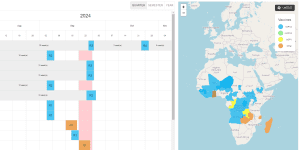
Improving Decision-Making with Real-Time Data
One of the main benefits of the system is its ability to provide real-time data, helping decision-makers act quickly when issues arise. Before campaigns begin, the data visualization tools help assess readiness, while during the campaigns, real-time monitoring tracks progress. After the campaign, a dashboard allows the evaluation of performance regarding the delays from the virus notification to the deployment of vaccinators on the field. This way, bottlenecks can be identified and continuous improvement of processes can take place.
This integrated platform based on IASO is accessible to stakeholders at different administrative levels, helping to ensure coordination between teams and countries. By connecting previously fragmented data, the system supports more effective outbreak responses in line with GPEI’s Standard Operating Procedures.
Expanding to Other Campaigns
The data tools developed for polio campaigns can also be applied to other vaccination and public health efforts. The platform has already integrated the support to other vaccination or distribution campaigns such as measles, yellow fever, and vitamin A deficiency. By expanding these tools to other areas, the goal is to improve how data is handled across a wider range of health campaigns.
Conclusion
The integration and digitization of polio campaign data are helping to streamline the way vaccination efforts are managed across Africa. By providing real-time data and enabling better coordination, this approach helps ensure that campaigns are delivered more efficiently and with fewer delays.






